1.5 – The Rise of Globalization
Learning Objectives
By the end of this section, you will be able to:
- Assess the importance and effects of globalization
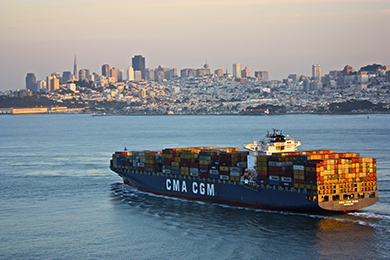
Table 1 presents one measure of globalization. It shows the percentage of domestic economic production that was exported for a selection of countries from the 1970s to the 2010s, according to the World Bank. Exports are the goods and services that are produced domestically and sold abroad. Imports are the goods and services that are produced abroad and then purchased domestically. The size of total production in an economy is measured by the gross domestic product (GDP). Thus, the ratio of exports divided by GDP measures what share of a country’s total economic production is sold in other countries.
| Country | 1970-79 | 1980-89 | 1990-99 | 2000-09 | 2010-20 |
| High Income Countries | |||||
| Germany | 35.1 | 44.1 | 46.4 | 69.4 | 85.2 |
| Japan | 22.0 | 22.9 | 17.8 | 25.2 | 33.1 |
| United States | 14.6 | 18.1 | 21.5 | 25.3 | 28.1 |
| Middle Income Countries | |||||
| Brazil | 16.4 | 18.7 | 17.6 | 26.3 | 26.2 |
| China | 8.1 | 20.5 | 32.1 | 52.4 | 42.1 |
| India | 10.8 | 13.8 | 20.7 | 38.4 | 46.1 |
| Mexico | 18.8 | 28.4 | 41.6 | 53.1 | 70.9 |
| Nigeria | 35.6 | 19.0 | 36.8 | 41.2 | 33.1 |
| Pakistan | 37.0 | 25.4 | 37.4 | 54.2 | 59.3 |
| Lower Income Countries | |||||
| Madagascar | 37.0 | 25.4 | 37.4 | 54.2 | 59.3 |
| Syria | 49.5 | 43.6 | 65.5 | 70.9 | 49.0 |
| Togo | 96.6 | 99.4 | 70.0 | 80.4 | 81.5 |
| Table 1. The Extent of Globalization (Average Exports as a percentage of GDP) (Source: http://databank.worldbank.org/data/) | |||||
In recent decades, the export/GDP ratio has generally risen, both worldwide and for the U.S. economy. Interestingly, the share of U.S. exports in proportion to the U.S. economy is well below the global average, in part because large economies like the United States can contain more of the division of labor inside their national borders. However, smaller economies like Belgium, Korea, and Canada need to trade across their borders with other countries to take full advantage of division of labor, specialization, and economies of scale. In this sense, the enormous U.S. economy is less affected by globalization than most other countries.
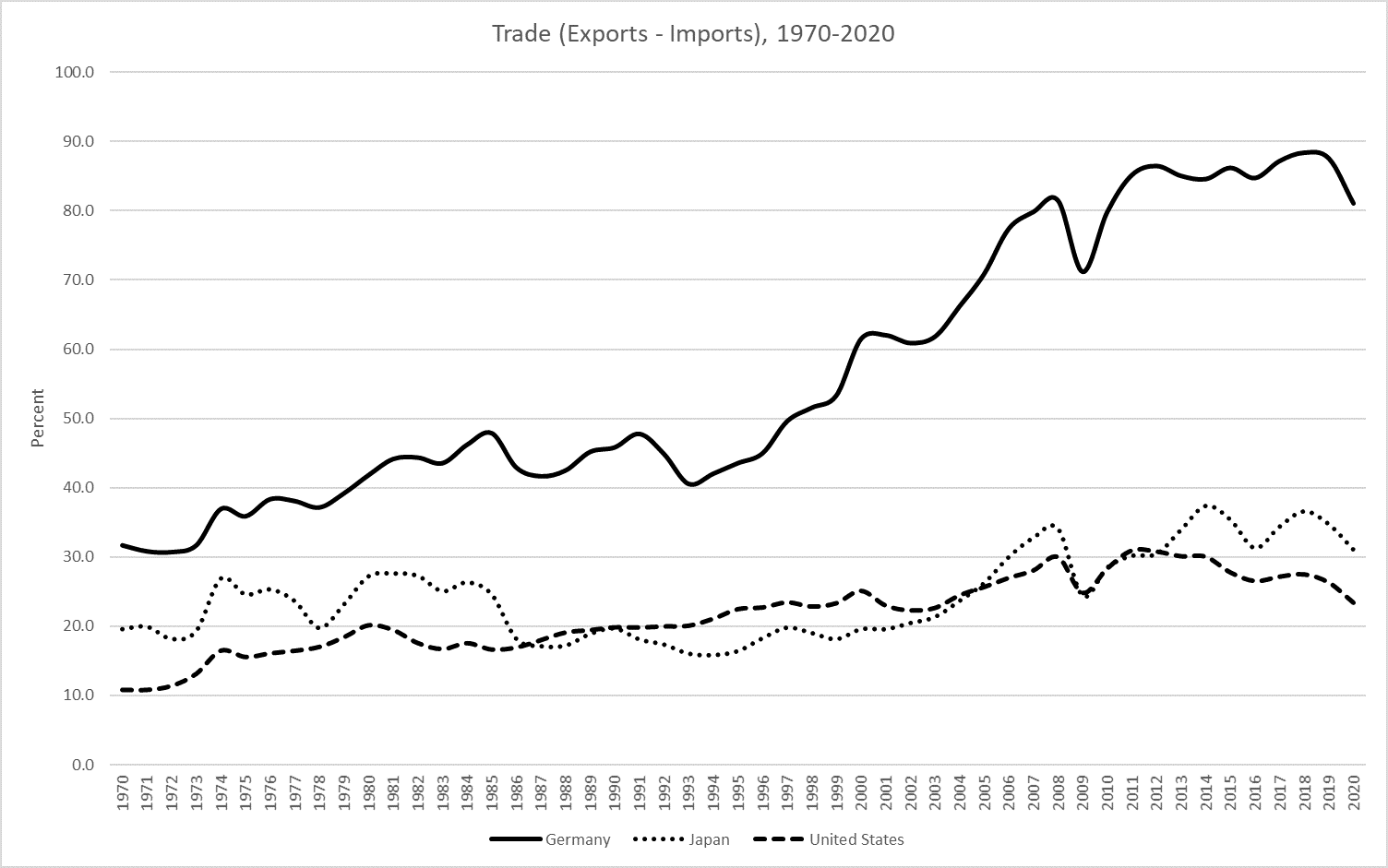
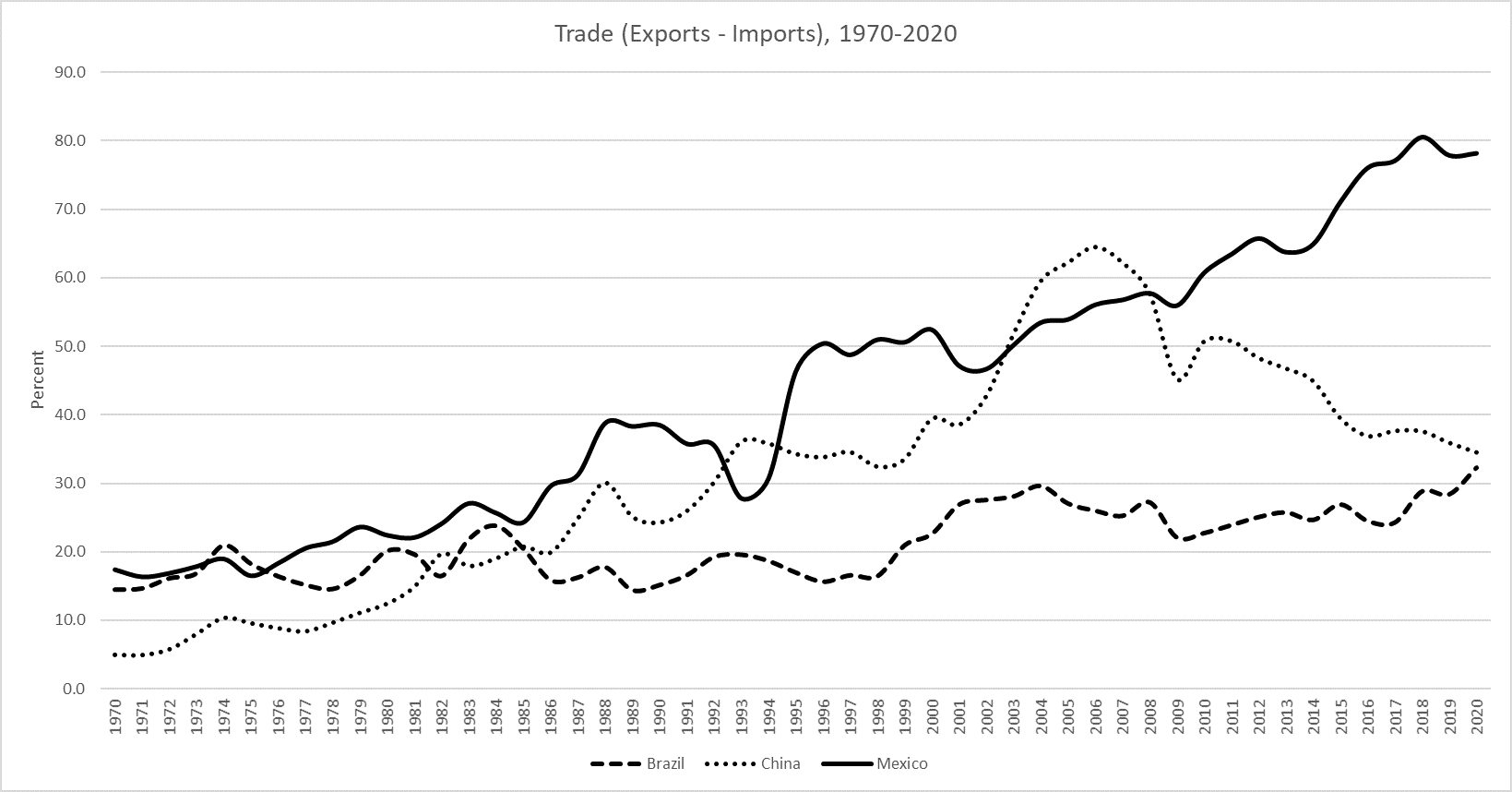
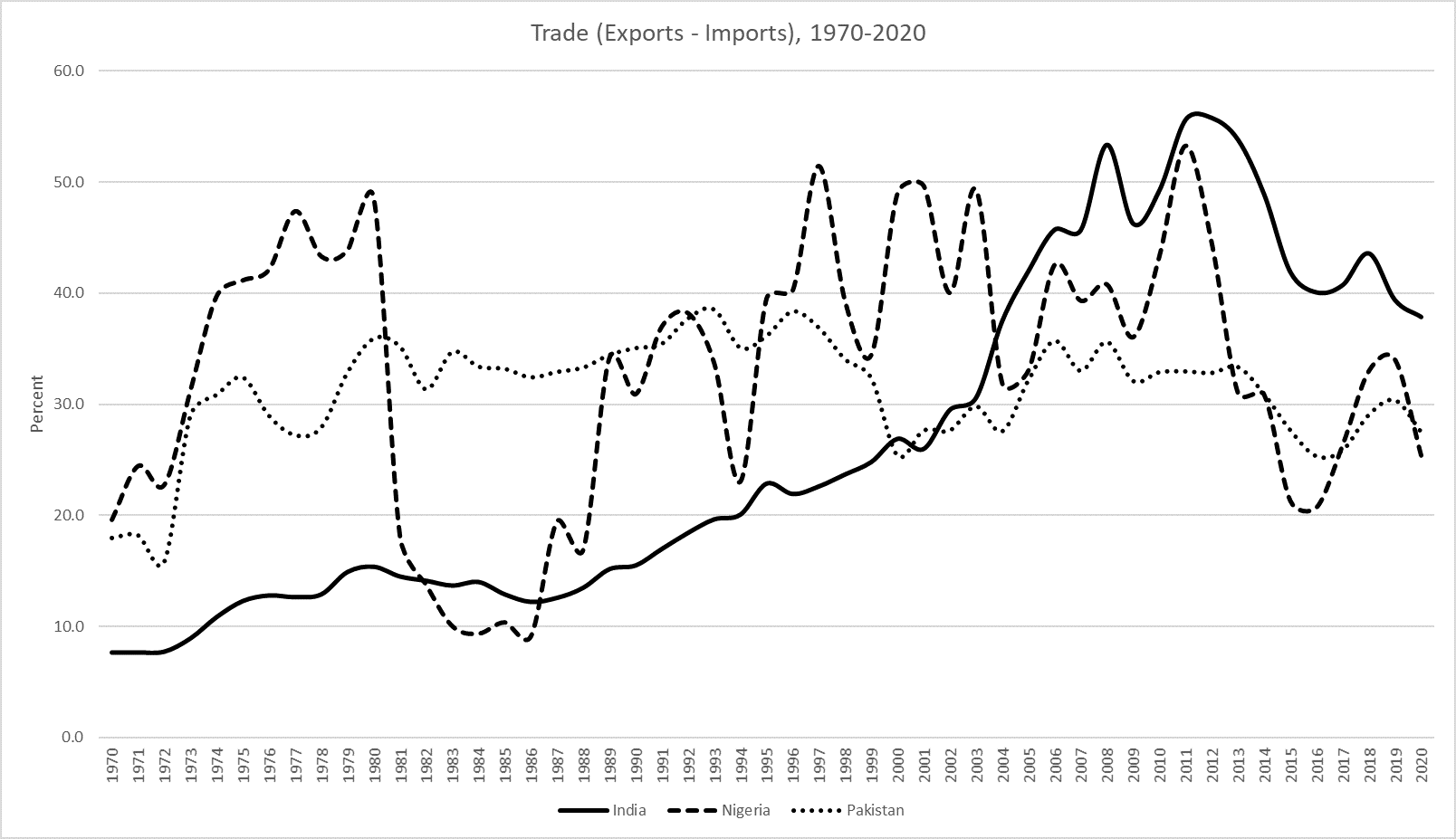
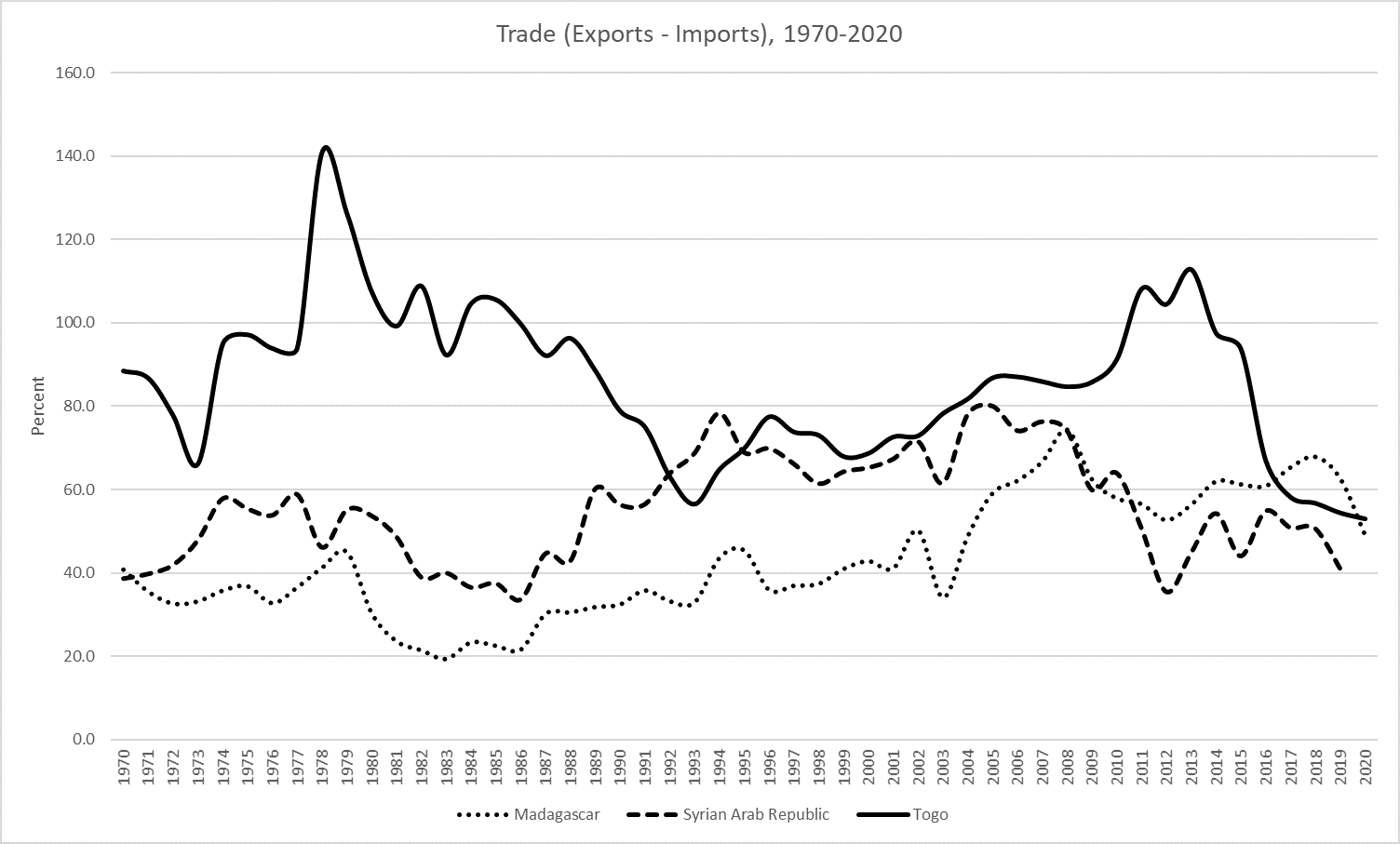
Table 1 and Figures 2-5 also show that many medium and low income countries around the world, like Mexico and China, have also experienced a surge of globalization in recent decades. If an astronaut in orbit could put on special glasses that make all economic transactions visible as brightly colored lines and look down at Earth, the astronaut would see the planet covered with connections.
Summary
The last few decades have seen globalization evolve as a result of growth in commercial and financial networks that cross national borders, making businesses and workers from different economies increasingly interdependent.
Glossary
- exports
- products (goods and services) made domestically and sold abroad
- globalization
- the trend in which buying and selling in markets have increasingly crossed national borders
- gross domestic product (GDP)
- measure of the size of total production in an economy
- imports
- products (goods and services) made abroad and then sold domestically
the trend in which buying and selling in markets have increasingly crossed national borders
products (goods and services) made domestically and sold abroad
products (goods and services) made abroad and then sold domestically
measure of the size of total production in an economy
